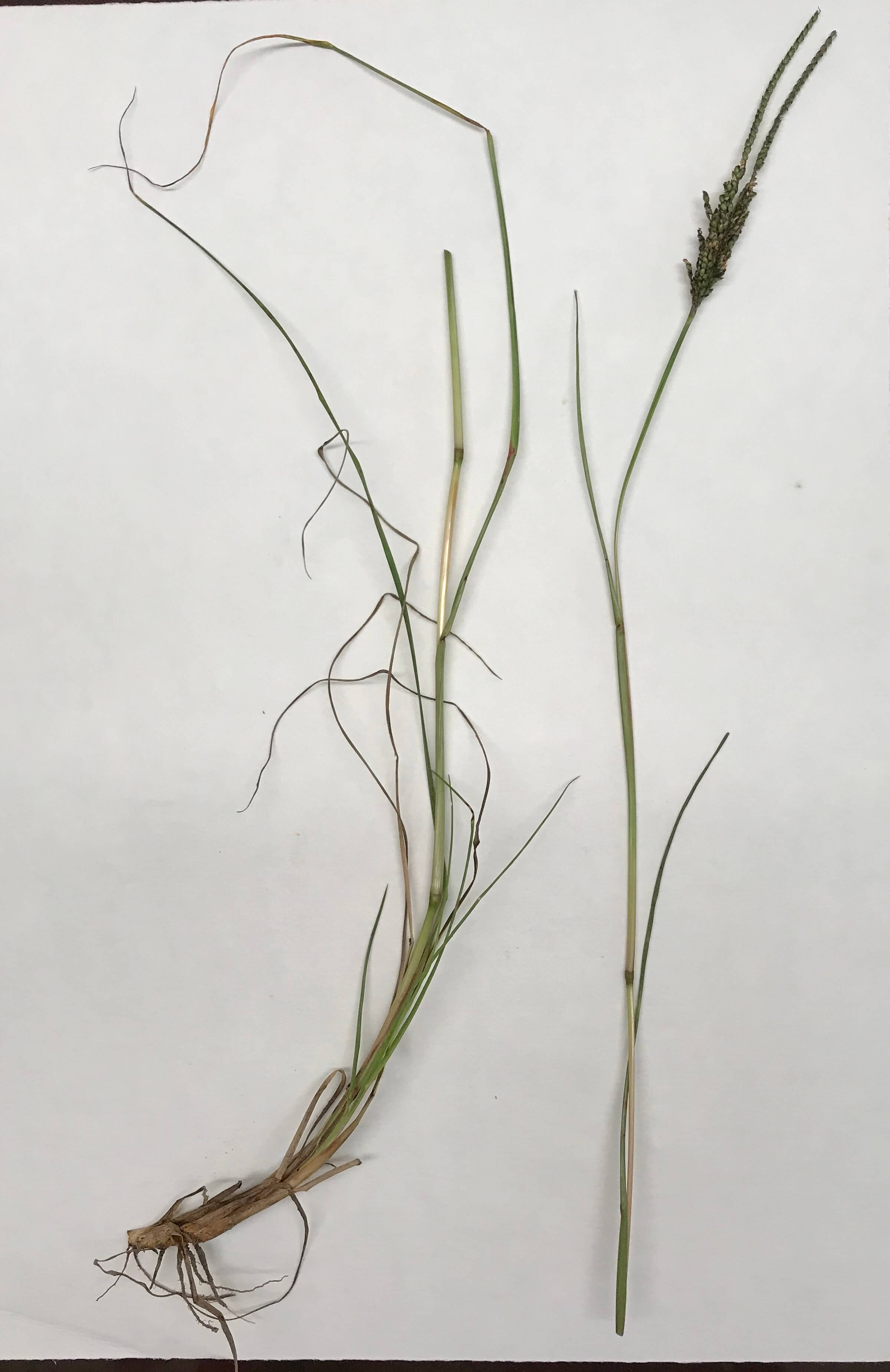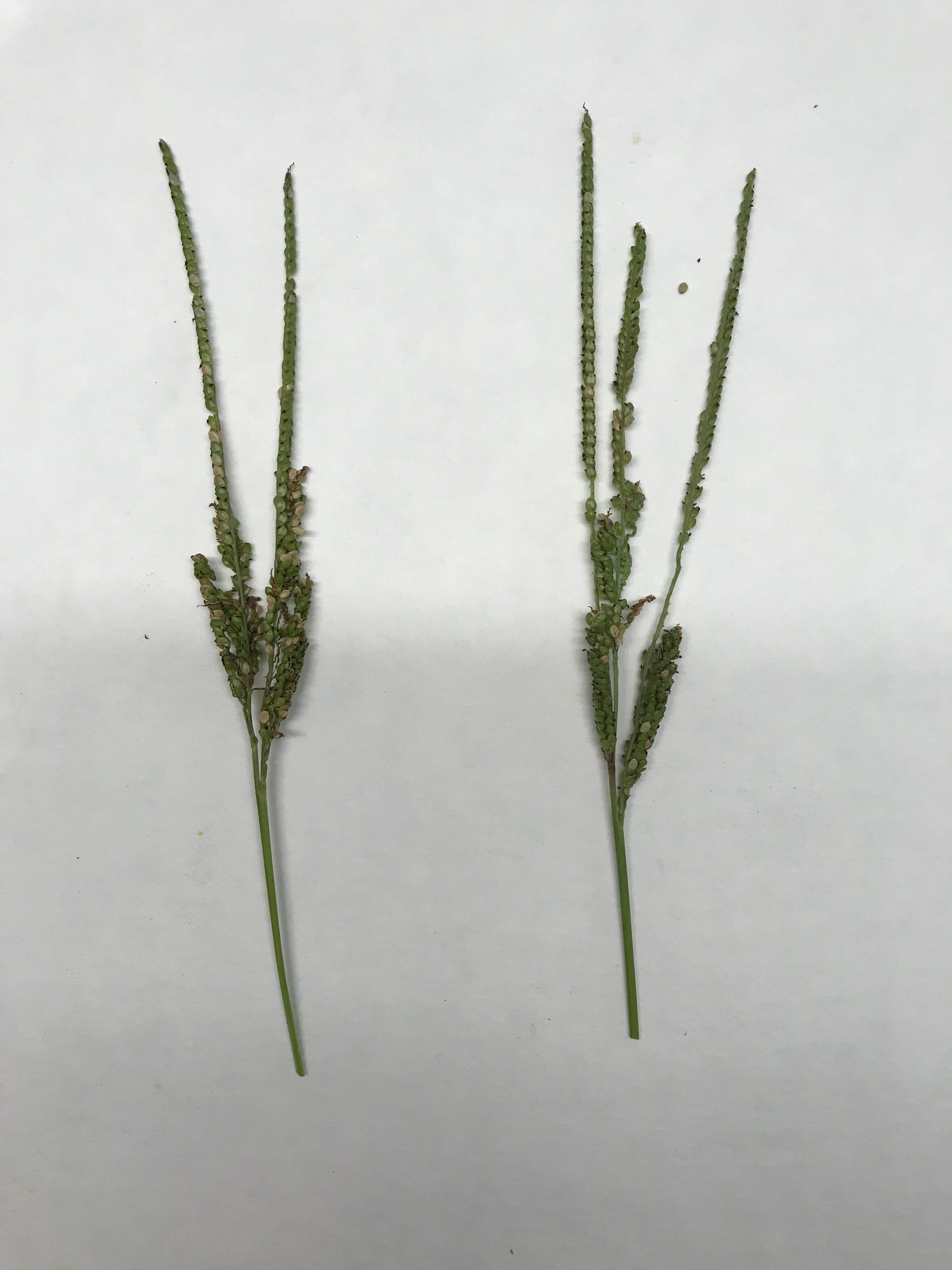Can producers use 2,4-D Amine in Pensacola Bahia fields used for seed protection?
Producers use 2,4-D Amine to control annual, simple perennial. and creeping perennial broadleaf weeds in grass crops (small grains, turf, forage, corn, sorghum, rangeland, etc.). This herbicide is classified as a ‘Auxin Growth Regulator’, causing malformed leaves and stems in affected plants. The name can be broken down into two parts: ‘2,4-D’ which mimics auxin, a plant growth hormone, and causes uncontrolled growth that results in plant death, and ‘auxin’ meaning the herbicide is less volatile or prone to drift.
Bahia grass fields utilized for seed production can be sprayed with this herbicide in the early spring when plants are in a vegetative state. However, once the plants begin to enter the reproductive state (boot stage) 2,4-D Amine should not be used. Malformed heads will result from herbicide application in the boot stage. Although the seeds may be viable, producers should expect less seed production. Normal seed heads should grow after impacted seed heads are removed or harvested. Remember to always read the herbicide label and call your local extension agent if you have questions.
Pensacola Bahia sprayed in boot stage, note normal vegetative growth but malformed seed head. 
Pensacola Bahia sprayed in boot stage, note malformed seed head with extra racemes. Twisting and/or curling of racemes is another possible outcome of 2,4-D Amine application in the boot stage. Photo credit: Jane Cant Griffin
Photo credit: Jane Cant Griffin
 0
0
